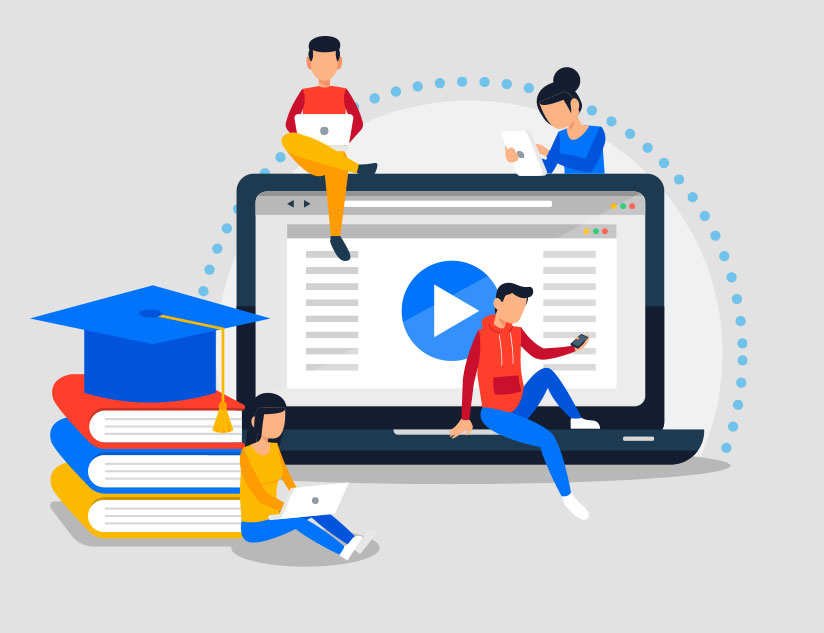In a world that places a premium on constant learning and instant results, microlearning is an obvious winner. An emerging learning trend, microlearning is a way of delivering content in small, targeted bursts, typically through phones, tablets, and computers in rich media formats. It is a learner-centric training approach that is meant to be easily accessible at any point of time, thus allowing learners to remain in control of their learning graph.
Microlearning is rapidly gaining popularity, owing to people’s decreasing attention spans. According to Hermann Ebbinghaus, we forget about 80% of what we learn in a month’s time. It is no wonder that microlearning is looked at as an effective means to create sticky learning experiences. MagicBoxTM is one such elearning interactive platform, that can be used to create and distribute Microlearning modules. Microlearning especially benefits the elearning industry. Some of the benefits of microlearning that can be offered to e-learning are:
- Flexibility: Students today engage in multiple activities besides academics, owing to which time naturally becomes a limited resource. The digital format of microlearning ensures that learners have the freedom to take up courses at any time of the day, wherever they feel most comfortable – at school, in transit, at home, etc.
- Cost-effectiveness: E-learning is, especially on a micro level, more economical than other mode. The learner has to bear no transportation costs and the service provider only bears negligible print and overhead costs, as opposed to significant costs involved in traditional learning methods.
- Retention: According to studies, small nuggets of information are easier to remember and recall whenever needed. Microlearning is structured in a certain way to expose the learners to bite-sized lessons, immediately followed by reinforcement. This format results in higher retention as compared to others.
How can we make microlearning more effective?
- Identify and then address the problem areas: The first step is to figure out the challenges that learners should be tackling in the first go. Following this, one should employ action-mapping or a similar approach to focus on skill and confidence-building activities. You could also empower the learners by letting them choose their own set of challenges.
- Include short and crisp content: Content is the key here. A content analysis exercise is imperative to identify and understand the relevant content. A learning institute’s modules need to be logical and crisp for effective microlearning to take place through bite-sized, easily digestible pieces of information.
- While Microlearning is often associted with eLearning and corporates. It can easily be adopted for K12 as well. For example, the parts of a plant has been easily dealt with this interactive content piece developed by magic Software.
- Incorporate engaging videos: Visual learning works best to generate interest and to impart effective learning for learners. One should use engaging videos to break up the content of a subject while ensuring that no part of the said video is longer than a couple of minutes. This ensures that the learner’s attention doesn’t die out. One should also incorporate compelling content in each video. You can check one example here.
- Create a module to personalise the user’s learning: Enhancing the user’s learning experience can be achieved by personalising their learning curve while offering examples to enhance their experience.
- Let the module tell a story: Stories help us retain information better than drab bits of information. They can be a compelling way to highlight specific learnings, which can motivate learners to engage with the content on a deeper level to seek its applications. One such module that MagicBoxTM created on Molecular Physics incorporated the storyboarding aspect of learning.
- Review frequently: Setting milestones in one’s content helps learners feel a sense of achievement on the completion of the same. Frequent reviews/feedback also give them a break after tackling challenges, while providing an opportunity to learn from their mistakes/weak areas.
- Make it mobile-compatible: For easy access, one should make their microlearning course mobile-compatible as well. Several students are constantly on the move, hooked to their devices, and thus need the flexibility to learn at their own pace.
- Reward them for their progress: Finally, offer valuable rewards to the learners as they progress on their journey of learning. This will give them a sense of accomplishment on reaching their goals.













